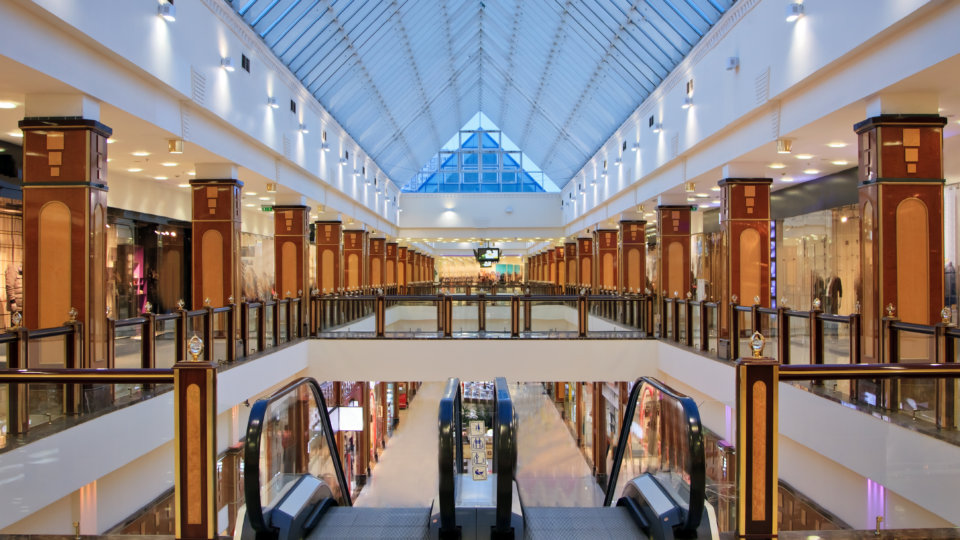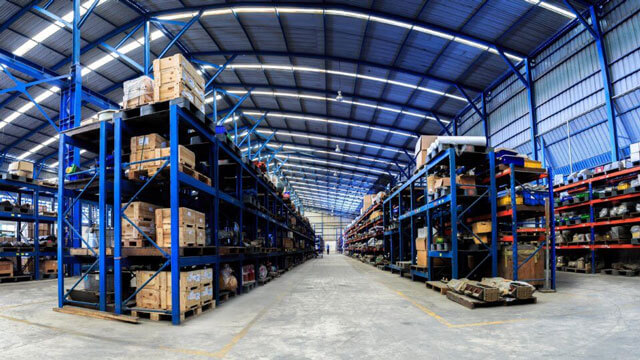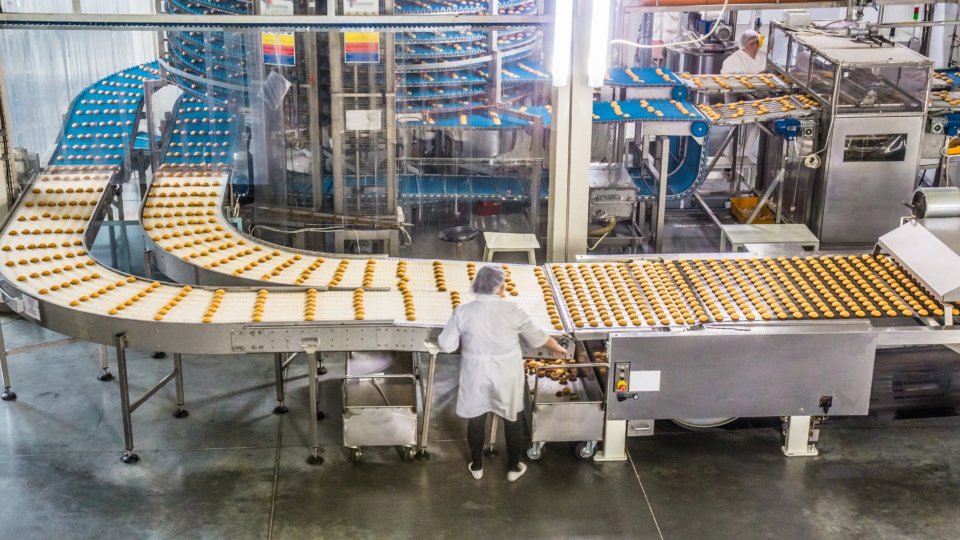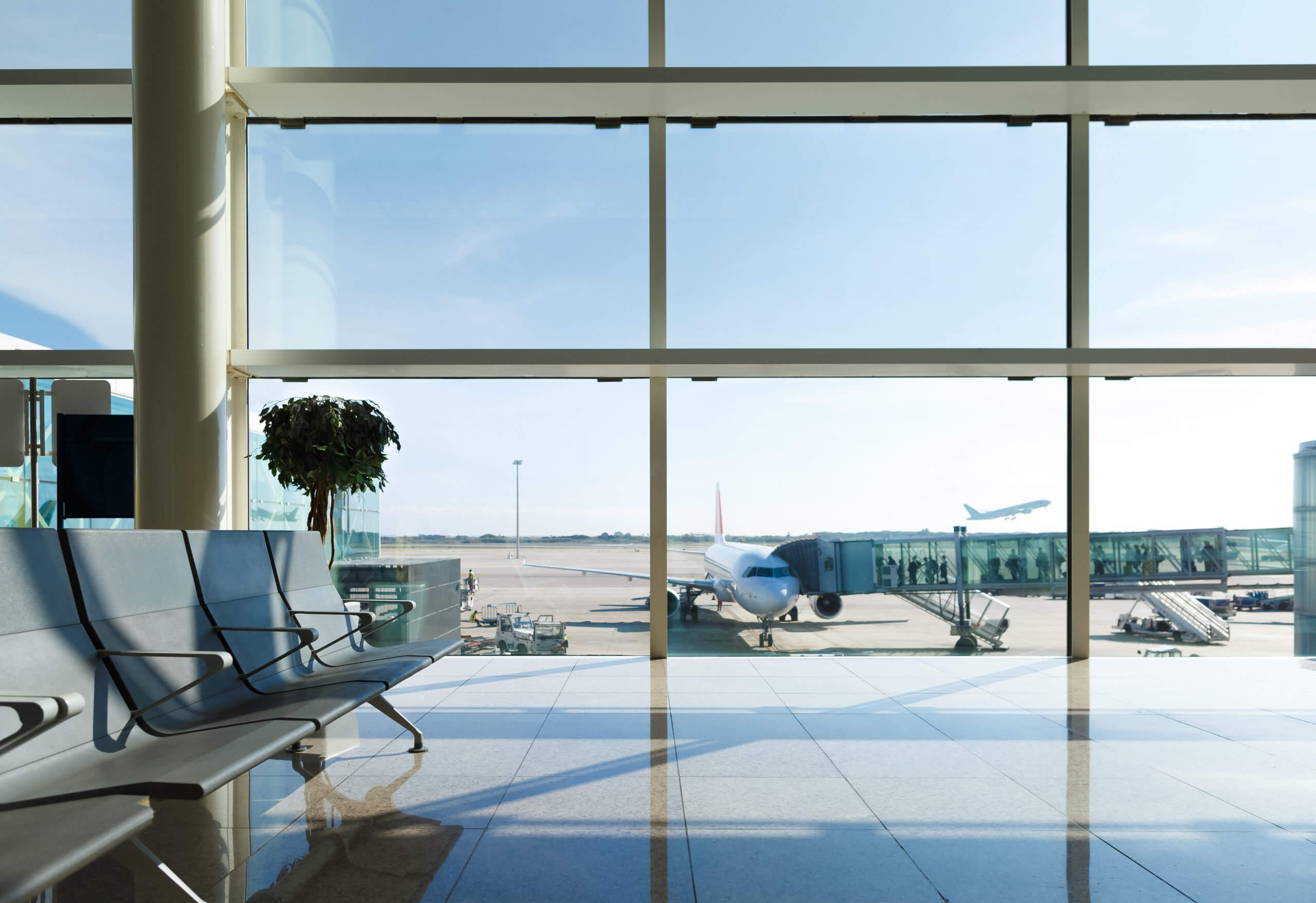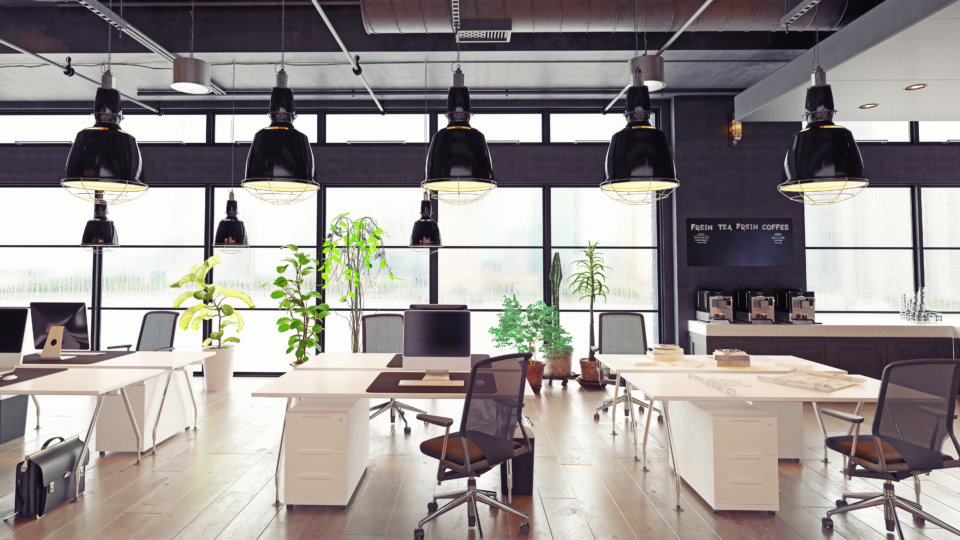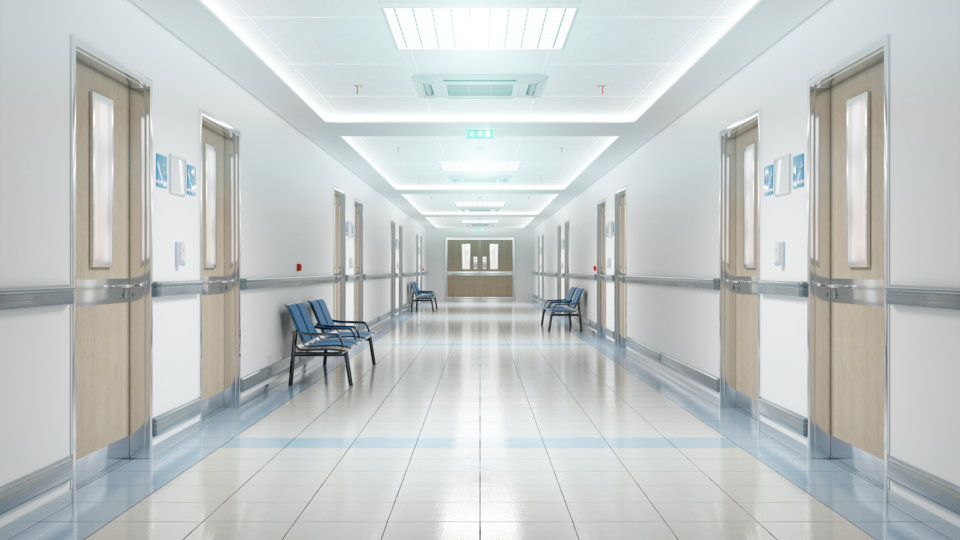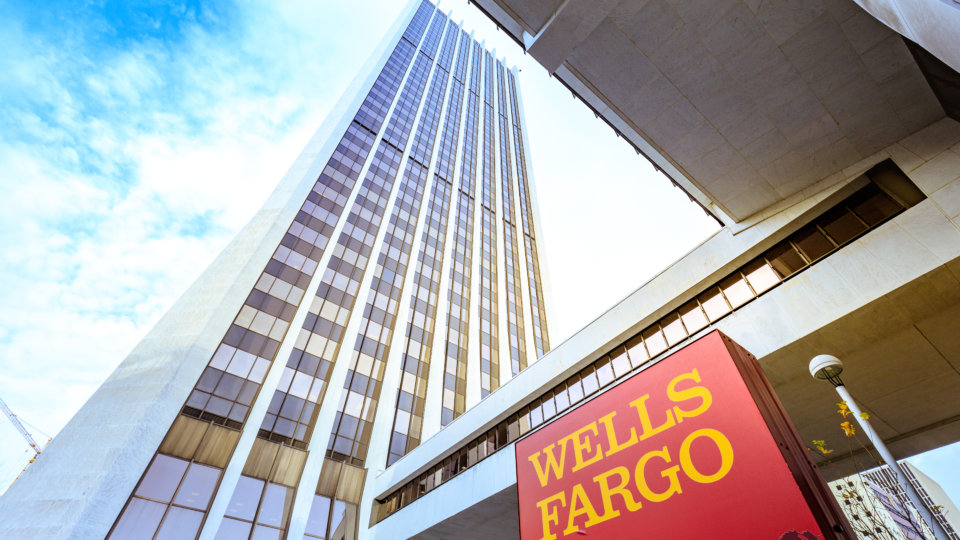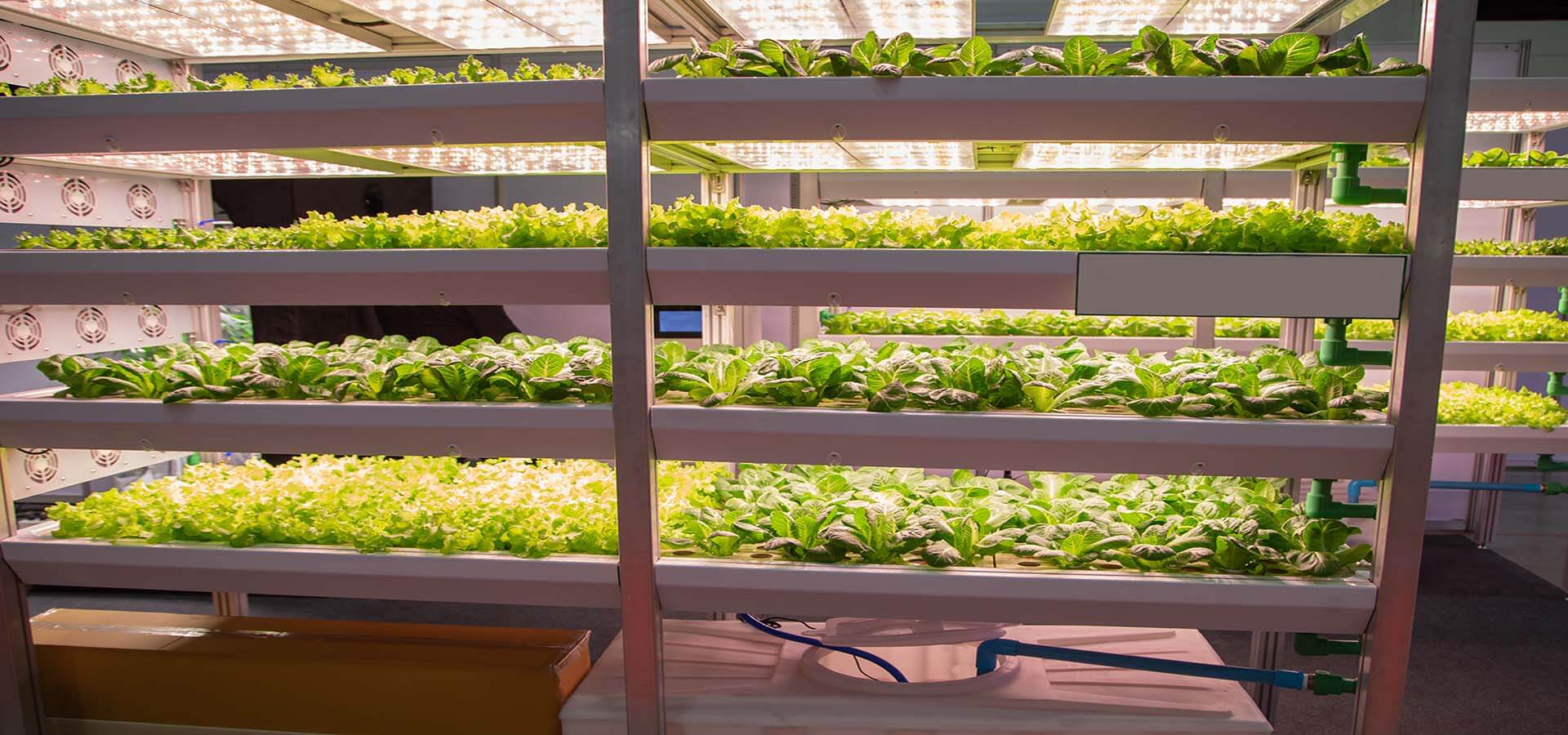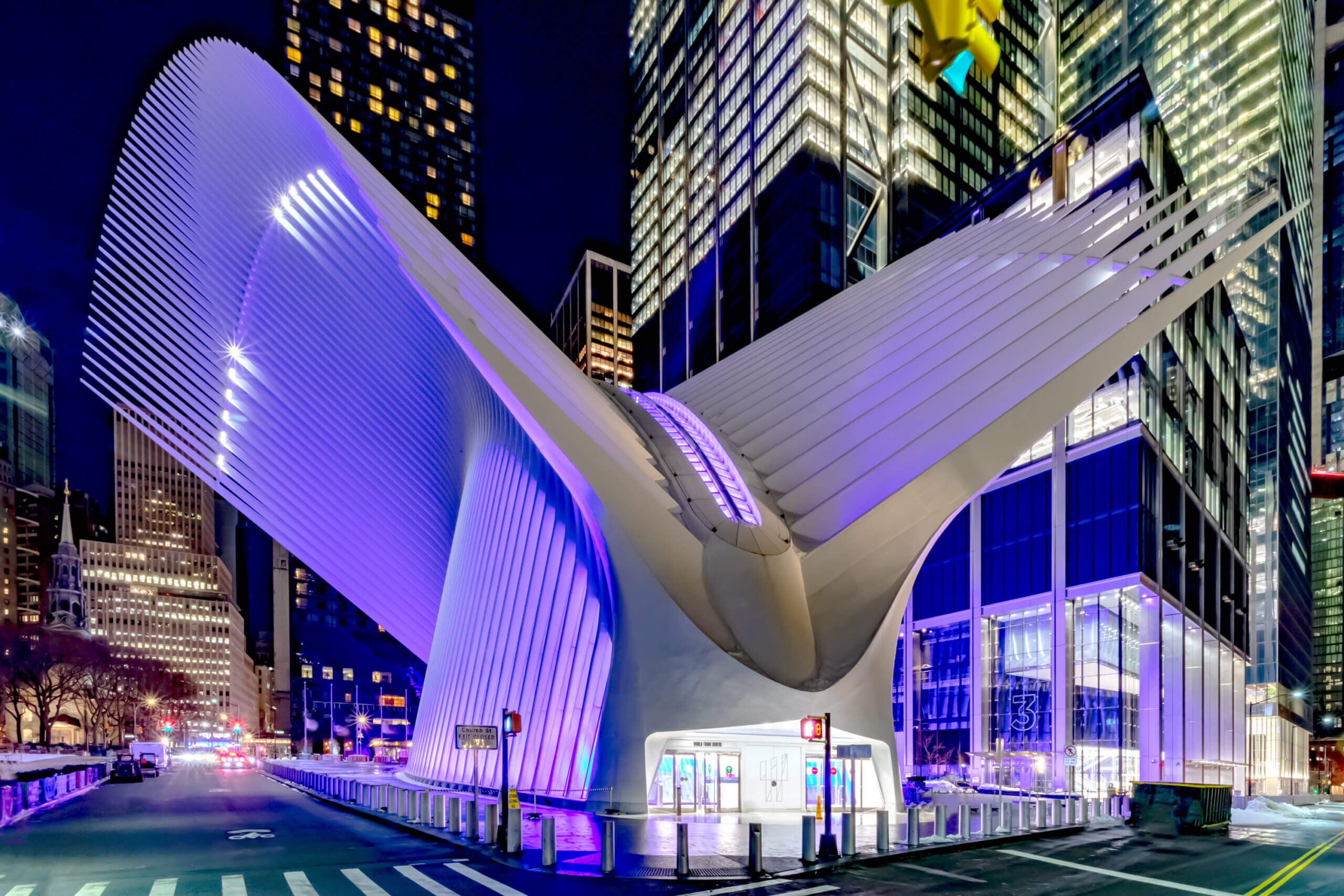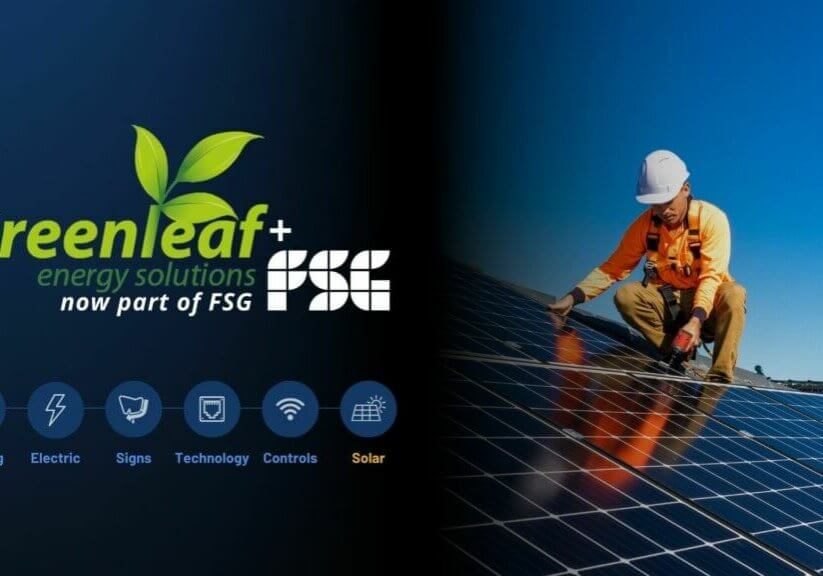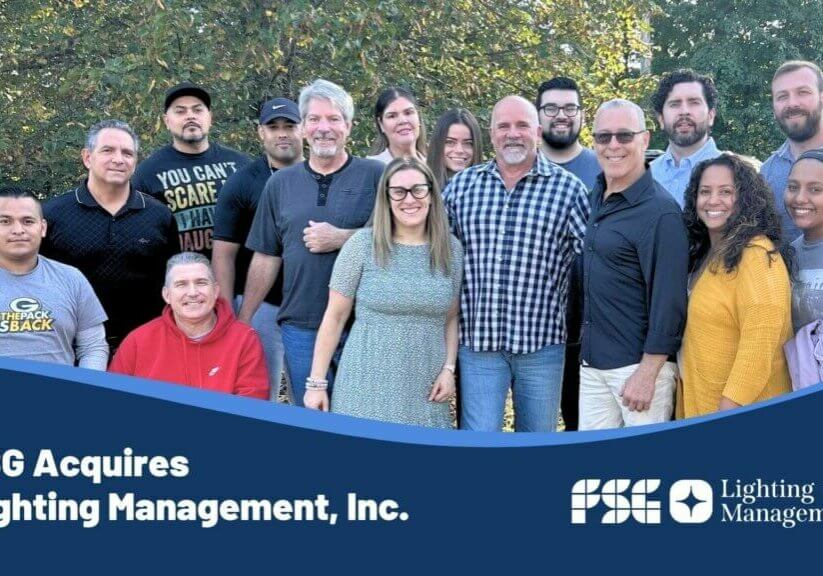“Business as usual.”
For more than 100 years, that phrase has been in the English language as a promise, as a plea, and as encouragement. Now, though, the entire world is about to find out if “business as usual” is really something we can ever get back to.
When Winston Churchill first made that phrase famous, he was talking about the trials of World War I. Today, of course, we aren’t faced with a global war. But we have inherited something that previous generations saw after such a devastating conflict: a troubled economy.
To get people back to work quickly and to halt the decline of the economy is the order of the day in many states around the country. But what will it look like when we resume “business as usual”?
When will it happen?
Different regions have been impacted by the pandemic in different ways, of course, and that reality will dictate the reopening of the economy. Many states in the US are still formulating plans for reopening businesses. For example, California — hard hit by COVID-19 — is still weeks away, according to their governor.
Other states, however, are ready to get started again. Texas has announced that many businesses would reopen May 1. Governor Greg Abbott publicized the plan on Monday, April 27. As of this week, in the Houston area, that looks like some restaurants resuming interior operations, but at a 25% capacity.
First to reopen in the Lone Star State are restaurants, retail stores, movie theaters, and malls. Salons and gyms are scheduled to open May 18. According to the plan, more establishments will be allowed to welcome customers after two weeks, provided that COVID-19 cases don’t spike.
Although the go ahead has been given to start, many businesses seem to be still making preparations to open. For example, several movie theater companies like AMC and Cinemark are eyeing a mid-summer re-opening. This is not only due to safety precautions, but reportedly a lack of fresh studio content.
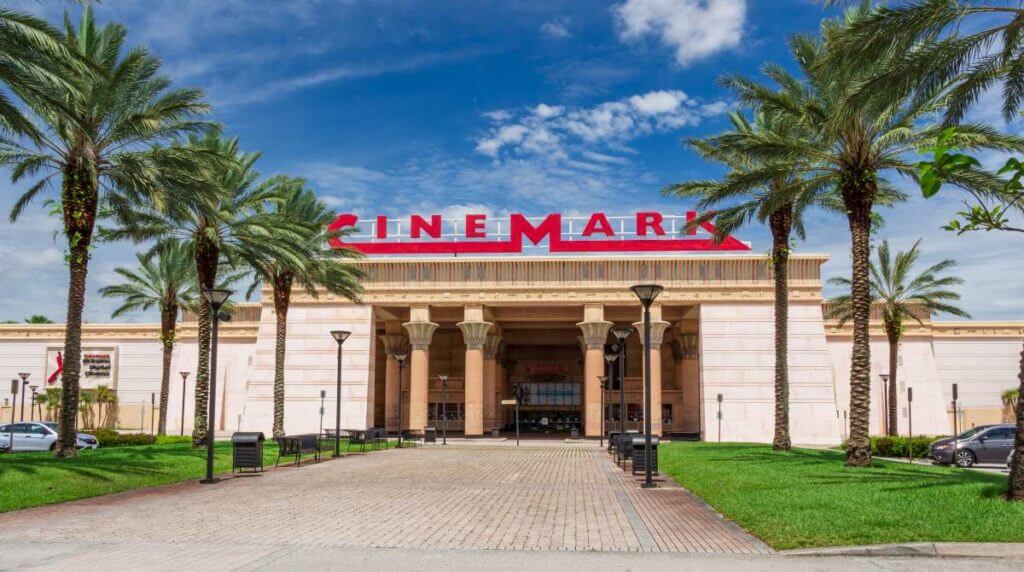
In addition to traditional businesses, sports leagues are also making plans to get underway soon. The most optimistic currently seems to be the NFL, who is determined to release it’s annual schedule today. Though it won’t be happening right away, many leagues, including soccer and baseball — both here in the US, as well as abroad — have been discussing plans for resuming play.
“Even without fans, conservatively, between the 90 players, 20 coaches, scouts, trainers, doctors, and video folks, you’re probably looking at around 150 people minimum that need to be in attendance. So the question becomes, will we, by late July, be in a position where all 22 states that have NFL teams are green-lighting gatherings of that size?”
Albert Breer, Sports Illustrated
What will it look like?
Seemingly pretty different.
In Texas, as we mentioned earlier, the first phase of the reopening plan will limit establishments to 25% of their regular occupancy levels. Even there, the best case scenarios call for 50% occupancy only after at least two weeks of (relatively) smooth sailing.
Beyond smaller crowds, there will be many not-so-usual things about “business as usual” after COVID-19:
- Expect to see hand washing and sanitizing stations (and signs) for the indefinite future
- Many places may still require temperature checks prior to entry
- “Sneeze guards” will remain in place at those businesses that were already open, and many that are only now reopening will install their own guards
- Heightened disinfecting measures (such as disinfectant fogging or UV disinfectant lighting) will stay in effect
- Social distancing likely becomes a long-term policy for many businesses.

According to the Miami Herald, hotels won’t look or operate the same as they did pre-COVID-19. They say that most properties are adopting new practices aimed at reducing touch points and minimizing human contact.
“Forget about breakfast buffets, lobby coffee stations, plates of free cookies, and concierge Happy Hour buffets. Mini-bars may be a luxury of the past. Even pads of paper and pens may be removed from rooms. Pool chairs will be spaced out. Hotel restaurants, bars and meeting rooms will reconfigure their seating charts. Floor decals will remind guests what a 6-foot distance looks like.”
Michelle Kaufman, Miami Herald
Some hotels are fighting germs with autonomous robots and UV-C lighting technology. The Westin Houston Medical Center has dispatched “LightStrike” robots to destroy viruses, bacteria, and fungi with UV-C light.
For employees, as well, the workplace will almost certainly look and feel different:
- Employees will also be subject to temperature checks
- Anyone showing symptoms will be sent home
- Clearances will be required for sick individuals to return to work
Gyms are a big topic as well. Dr. Gavin Harris notes that no firm protocols from public health experts have been put in place for gym owners.
“The number-one thing all gyms will have to do is thoroughly clean and disinfect surfaces after every single client uses them, and create adequate ventilation, so air particles don’t hang around. Social distancing remains important at the gym too, he says, suggesting gym goers bring their own wipes and frequently wash or sanitize their hands throughout their workout, as well.”
Gavin Harris, MD, Univ. of Pittsburgh Medical Center
And, of course, social distancing will still be the order of the day, whether you’re working, shopping, or just getting away from the house for an hour.
What industries will be affected most?
Almost all of them, it seems, both for good and for ill.
Some services which are essential to patrons (though not officially “essential”) will experience almost immediate demand, according to experts.
- Barbershops and hair salons will have a backlog of customers eager to take a seat and get a trim
- Dentists will have plenty of teeth to clean
- Restaurants and bars will see patrons happy to finally get their favorite dishes again
Travel Industry
The Travel industry as a whole is made up of hotels, airports, airlines, attractions, restaurants, car rentals, meeting venues, vacation rental companies, and more. The U.S. Travel Association released a 15-page report on Monday outlining the health and safety guidelines for a cautious reopening of the travel industry.
The document, called “Travel in the New Normal,” was a collaborative effort with experts.
Here are a few of the recommendations included in the 15-page report:
- Modify public areas to keep employees and customers safe, including broad hand washing and sanitizing, personal protection equipment, physical barriers such as transparent screens between customers and employees, and using on-line ordering and curbside pickup.
- Implement touchless solutions, when possible, such as online ticketing, touchless ID check, and virtual check-in.
- Enhance sanitation procedures specifically designed to combat the transmission of COVID-19.
- Promote health screening measures for employees and isolate workers with possible COVID-19 symptoms.
Pittsburgh International Airport is the first airport in the U.S. to deploy UV disinfecting robots in their facility.
Small Businesses
Small businesses that reopen successfully will lay the groundwork ahead of time for other businesses who prepare to open their doors.
Businesses need to communicate well with their customers and update their open/close times on Google Maps to ensure the word gets out that doors are opening.
Other Industries
Other industries may take awhile to get going again, such as real estate and automobiles. Consumers wary of the still-shaky economy may be slow to put down money on those big-ticket kinds of items.
As business goes back to “normal” it is believed that the businesses who have taken careful precautions for the safety of their employees and customers will be in the driver’s seat to reap the rewards of the “new normal”. Customers want to spend their money with businesses who care about keep people safe.
Hope for “business as usual”
The next few days and weeks will be uncertain, and many people and businesses will once again be exploring uncharted territory. Without any real precedent for a reopening of this magnitude — especially one laden with risks like these — we simply have little or no idea what to expect.
But there is always hope.
At FSG, we will continue to stay available for businesses who need help. Whether your retail shop needs a curbside delivery app, or your restaurant needs “protective barriers” between the booths, or your hotel needs UV lighting to more quickly disinfect rooms, FSG can guide you to the right solution so you can get back to business safely and efficiently.
It may not be “business as usual” for a long time still, but it will be “business at last”.
If you need help getting “back to business” give us a call at (855) 865-7553. We’d love to help!



